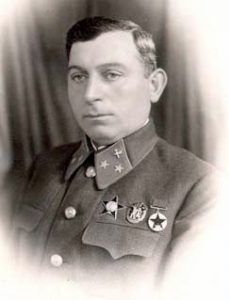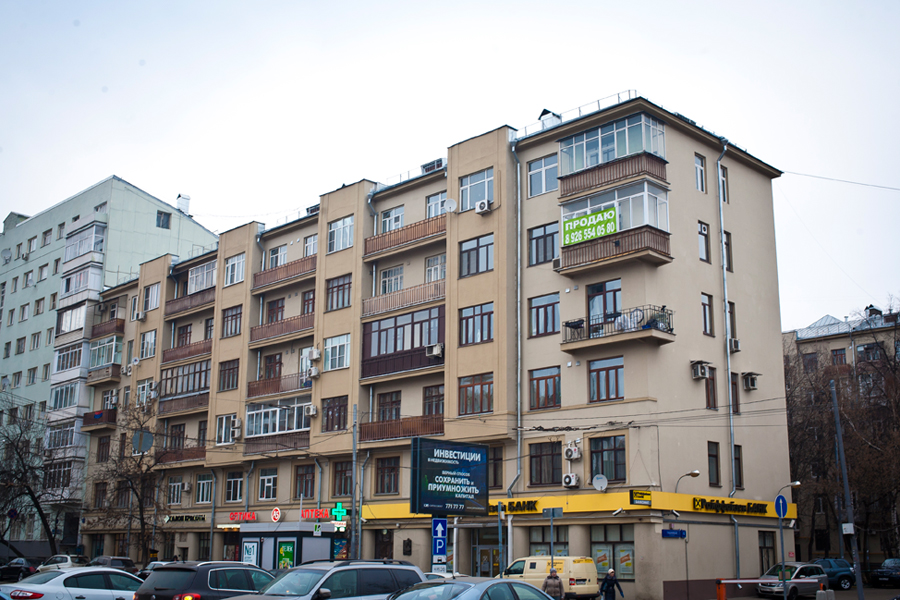Mikhail Lvovich
Gorikker
1895-1955

Mikhail Lvovich Gorikker was a military figure, Major General of technical troops (1940). He was a participant in the First World War, a participant in the Civil War, since 1918 he served in the Workers’ and Peasants’ Red Army. In 1919 he was a cadet, then an organizer of team courses. He held the posts of commissar of field hospitals of the Southwestern Front, commissar of heavy artillery courses, then commissar of infantry command courses. In 1923 he attended the Military Pedagogical Courses of the Red Army, after which, in 1925-1928, he was chief inspector of the Political Directorate of the Red Army for military educational institutions. In 1933 graduated from the Military Academy of Mechanization and Motorization of the Red Army. Having received an engineering education and being among the organizers of tank troops, he created a tank airfield near Solnechnogorsk on the territory of the Moscow Tank Technical School, which he directed in 1934-1940. Here, for the first time, Gorikker conceived the idea of a completely new principle of the design of defensive structures that would be able not only to stop the tank, but also to disable it. In the first days of the war, he managed to complete all the calculations of the design of his invention in the shortest possible time. Tests at the test site were held on July 3, 1941 and the new anti-tank obstacle «Gorikker Zvezdochka» was adopted by the State Government Commission for the armament of the Red Army. At the same time, it should be noted that movable metal hedgehogs were already produced in Czechoslovakia and could even be known to Gorikker from the Bulletin of the Military Engineering Academy of the Red Army named after V.V. Kuibyshev. In June-July 1941 he supervised the preparation of Kiev for defense, and also was engaged in the evacuation of factories, educational institutions, including the tank school headed by him. In 1942-1943 he was the Head of the Motor Transport Main Directorate of the Red Army Road Service, at the same time, he was the head of the Stavka operational group on the Stalingrad Front, he was the Head of the Leningrad Front Automobile Directorate in 1944-1945, the Head of the Ryazan Military Automobile School in 1946-1950, and was retired since 1951.
Address: Moscow, Tishinskaya pl., 6

